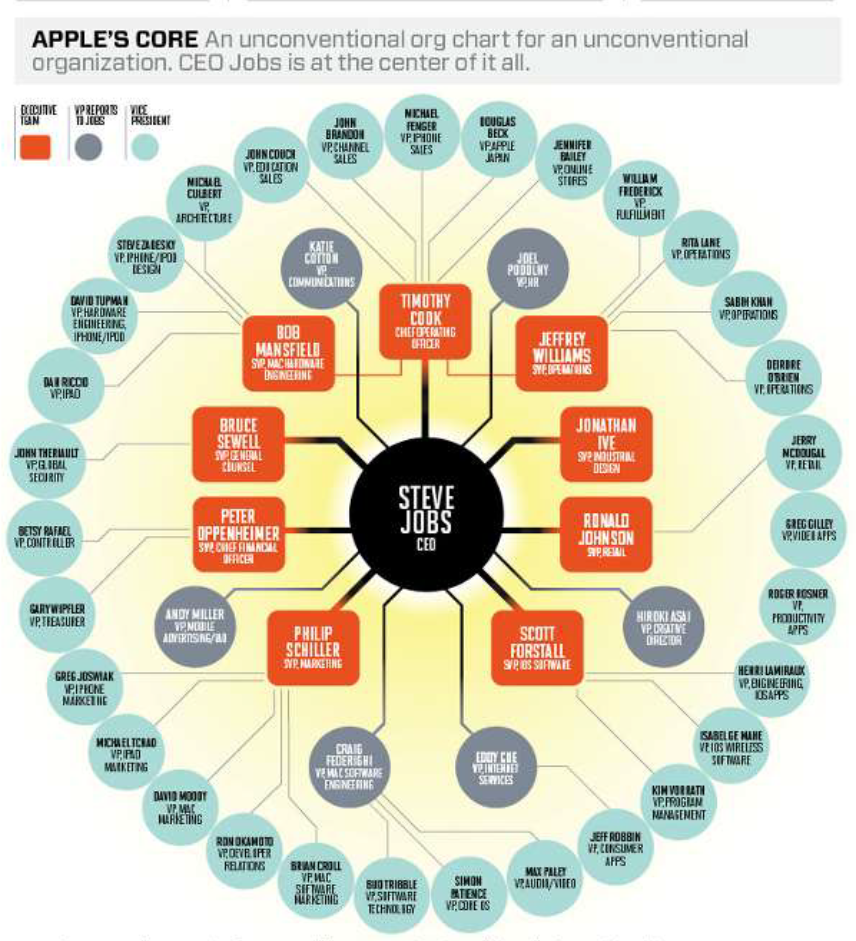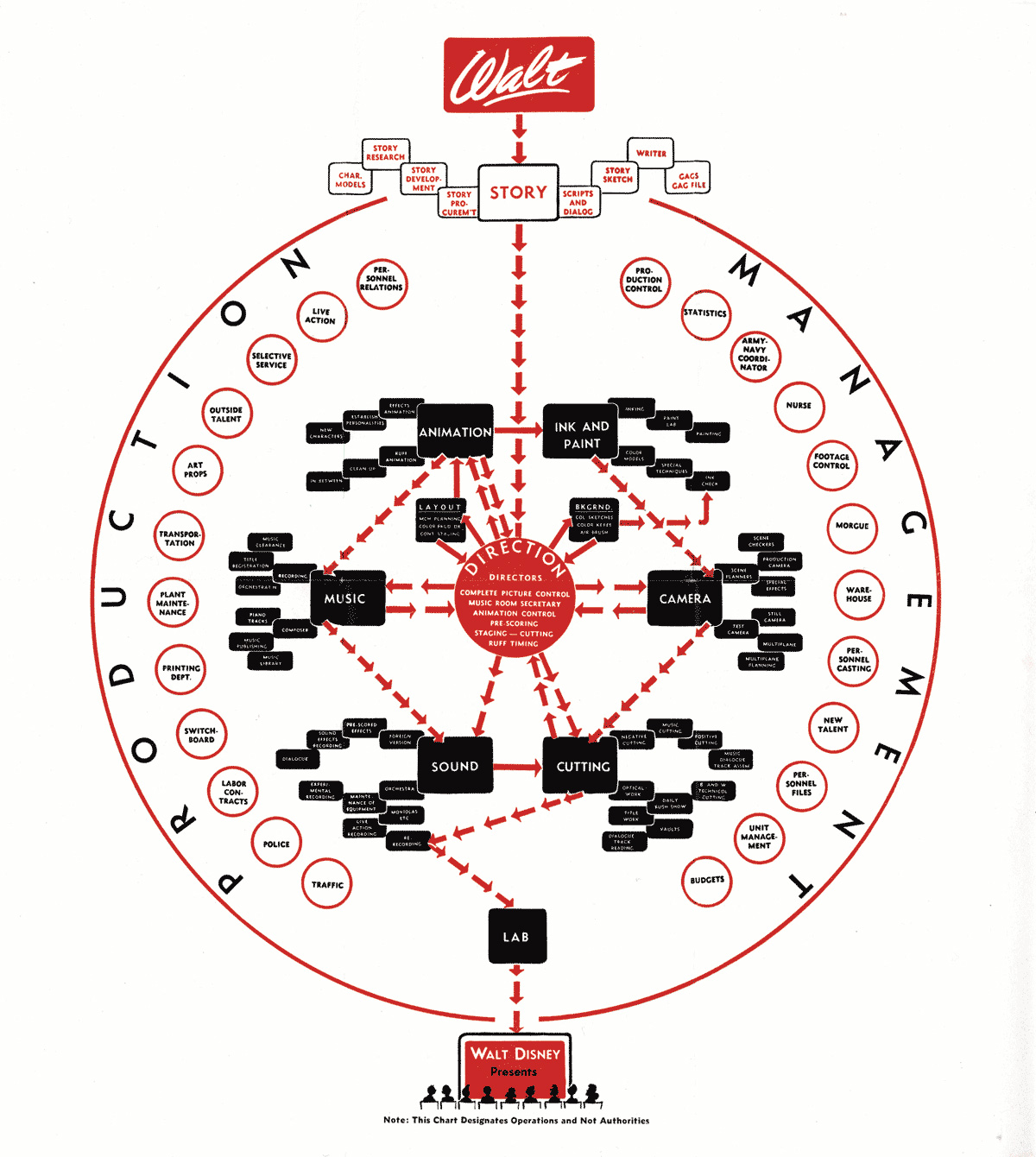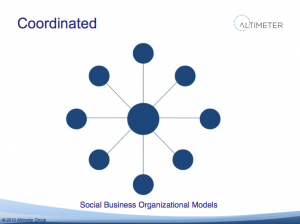
There is a much talked about article about Apple and Steve Jobs done by Fortune. The problem is that you can’t get the article online, nor is the article found in the edition that is currently available on the newsstands. You can only get the article if you have the Fortune iPad app. So while I would like to link to the article, I can’t. [UPDATE] here’s the link to the teaser for the article with links to download the iPad app or the Kindle version of the article.
Silicon Alley Insider/Business Insider has three different articles about the Fortune article if you’d like to check those out. They really are worth the read.
- Apple Is Preparing For The End Of The Steve Jobs Era By Teaching Management Classes Internally
- What It’s Like When Steve Jobs Chews You Out For A Product Failure
- Steve Jobs On The Difference Between A Vice President And A Janitor
Once I was finally able to read the original Fortune article something immediately jumped out at me, Apple’s org chart. It’s pretty different from most companies org charts. Some of it’s just the way it’s laid out but it’s meant to optimize the genius of Jobs.
First take a look at the above Apple org chart (you can click the link to see the full size). Now compare Apple’s org chart to Walt Disney’s org chart below (again you can click the link to see the full size).

Then I would like to point you to an article I read a few years ago about Walt Disney’s org chart:
“The Disney org chart, on the other hand, is based on process, from the story idea through direction to the final release of the film. All of the staff positions are in the service of supporting this work flow. Perhaps the question now is what should the org chart of the future look like, given the global workforce, telecommuting personnel, virtual employees, outsourced jobs and contract workers who sometimes outnumber salaried staff? In an idea-based, rather than a manufacturing-based, economy, how should a business organize itself? Does the very nature of their assignments imply that designers will always work in an environment like the Disney org chart and clients will always work in a hierarchical structure? And is this difference the crux of the disconnect between how designers and clients look at problems?”
While there are some serious differences between the two, how much do you want to bet that there are more similarities than differences, especially in implementation and go-to-market activities. I also don’t know that Disney is still structured this way. I doubt it. But I don’t think that it is a coincidence that Steve Jobs is the majority shareholder of Disney.
We live in an idea based economy, where ideas (and implementation of those ideas) are more important than the products themselves. I’ve believed for several years now that the traditional org chart has outlived it’s usefulness. I think that in an idea based, knowledge economy, something more fluid, like these two charts may be a better way to go. Something based on workflow and design rather than managerial oversight and silos.
 [UPDATED] After posting this a thought that was nagging at the back of my head finally materialized while I was in the shower (all the good ideas happen in the shower). The nagging feeling was that this was also related to social media (which for me everything is).
[UPDATED] After posting this a thought that was nagging at the back of my head finally materialized while I was in the shower (all the good ideas happen in the shower). The nagging feeling was that this was also related to social media (which for me everything is).
The two above org charts are also very similar to the hub and spoke model for social media organization.
Jeremiah Owyang of Altimeter has a great post you should read about the various social media frameworks. He alternatively calls the Hub and Spoke model the Coordinated model and there’s also Multiple Hub and Spoke or Dandelion model.
These are the two models most preferred by organizations for implementing social media and I know it’s the model we most highly recommend because it’s the most flexible and effective in the real-time environment of social media.
What do you think?
Please be sure to see my disclosures page.
Similar Posts:
- I Just Don’t Get Apple
- I dislike Apple but I’m really glad they’re around
- Will Apple Finally Have to Embrace Social Media?
# of Comments 9
# of Comments 2
# of Comments 8